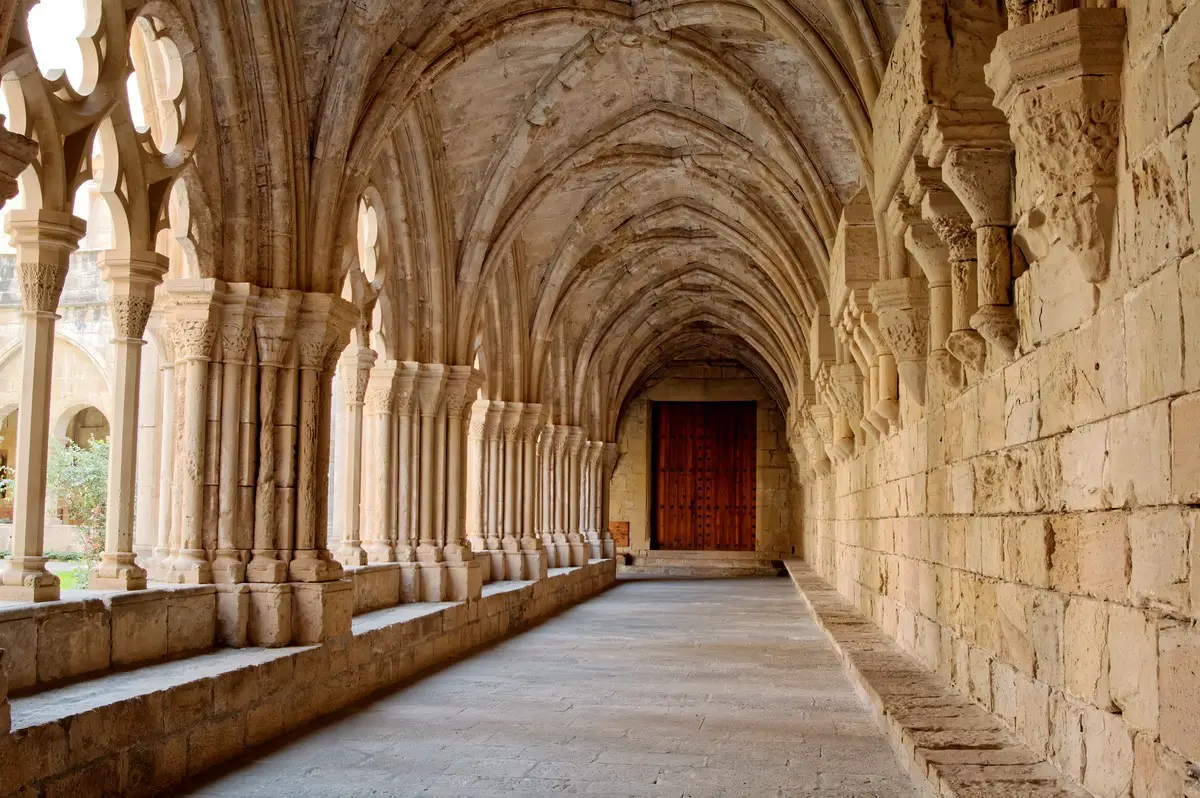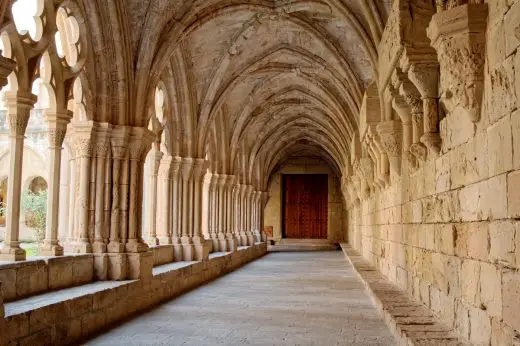Most distinctive architecture styles in world advice, Best international buildings guide list
Most Distinctive Architecture Styles Around the World
18 Feb 2020
Most Distinctive Architecture Styles Around the World Tips
The Most Distinctive Architecture Styles Around the World
The biggest part of humanity’s history is made up of the buildings and the architectural styles we see around us. Different regions of the world perfected distinct architectural styles over hundreds of years, giving each style a different story and personality. Let’s list the most popular historic styles we see today and the characteristics that distinguish them from one another.
Romanesque
The Oxford English Dictionary defines the word Romanesque as “descended from Roman”. Though the world itself has an extensive history, today, it’s used for the more restricted period from the late 10th to 12th centuries. The style encompasses buildings of many types. From simple domestic buildings and elegant townhouses to abbey churches to large cathedrals, this style was prevalent across Europe in the late 10th century.
The most noticeable feature of the Romanesque architectural style is the rounded arch, which is usually found in Roman-style churches, which are one of the few survivors from the period. Other key features of this style are repeating rows of round-headed arches, cable mouldings around doors in the style of twisted rope, and stylized floral and foliage stone decorations. The best example of this style is the Porto Cathedral in Portugal.
Victorian
Victorian refers to the reign of Queen Victoria that lasted from 1837 to 1901. This era is called the Victorian era and the architectural style prevalent during this time is referred to as Victorian architecture. The catch, however, is that many signature elements of this style didn’t catch on until late in the era. Essentially, Victorian architecture is a series of architectural revival styles that followed Georgian architecture and Regency architecture and was succeeded by Edwardian architecture.
The most notable styles revived during this era were the Gothic Revival, Tudor, and Romanesque. The Victorian era coincided with the industrial revolution which resulted in many homes being built in this style during the housing boom. The key characteristics of this architectural style are the sash windows, imposing 2-3 stories, bay windows, asymmetrical shape, wrap-around porches, a steep mansard roof, bright colours, and a “Dollhouse” effect with elaborate trim. You can still see this style in many homes in the UK, the US, and Australia.
Islamic Architecture
Interestingly, Islamic architecture can refer to many different meanings: specific architectural features like domes, arches, and vaults; designed and occupied by Muslims; and both religious and common buildings can have Islamic architecture. To simplify, Islamic architecture includes religious buildings intended for worship by Muslims and secular buildings build in a predominantly Islamic region for use by Muslims.
Islamic architecture’s roots can be traced to Christian, Persian, and Indian roots. The key features of this architectural style are the horseshow arch, perforated screens, more focus on the enclosed spaces and interior rather than exterior, and geometric designs. The best examples of Islamic architecture are most mosques, but specifically the Hui Mosque in China.
Tudor
The Tudor style of architecture is perhaps the final development of Medieval architecture in England during the Tudor period (1495-1603) and even later. This style is also estimated to be the forerunner of Renaissance architecture in England. The name is mostly used to refer to the style used in buildings in the period between 1500 and 1560. This style was followed by the Late Gothic Perpendicular style and was superseded by Elizabethan architecture.
Tudor architecture can be easily recognized by the thatched roof, masonry chimneys, elaborate doorways, and casement windows which are glass panes with lead castings and shaped in diamond patterns. A modern example of this style is Anne Hathaway’s cottage in Warwickshire, England.
Gothic
Gothic architecture originated in 12th-century France evolving from Romanesque architecture and flourished until the 16th century giving way to Renaissance architecture. It was especially pervasive in church and cathedral architecture in Europe during the High and Late Middle Ages. The style can be traced back to the remodelling of the Abbey of St-Denis by Abbot Suger between 1140 and 1144. The Abbey became a primary model for hundreds of cathedrals and churches that came later.
All these buildings have the same distinctive features: pointed arches, vaulted ceilings, light and airy buildings, and height and grandeur. You can observe these features at the origin in the Basilica of Saint-Denis in France or at the most famous gothic building of all, Notre Dame Cathedral also in Paris.
Comments on this guide to Most Distinctive Architecture Styles in World article are welcome.
Buildings
Architecture Designs Articles

image courtesy of article provider
Comments / photos for the Most Distinctive Architecture Styles in World Advice page welcome.






